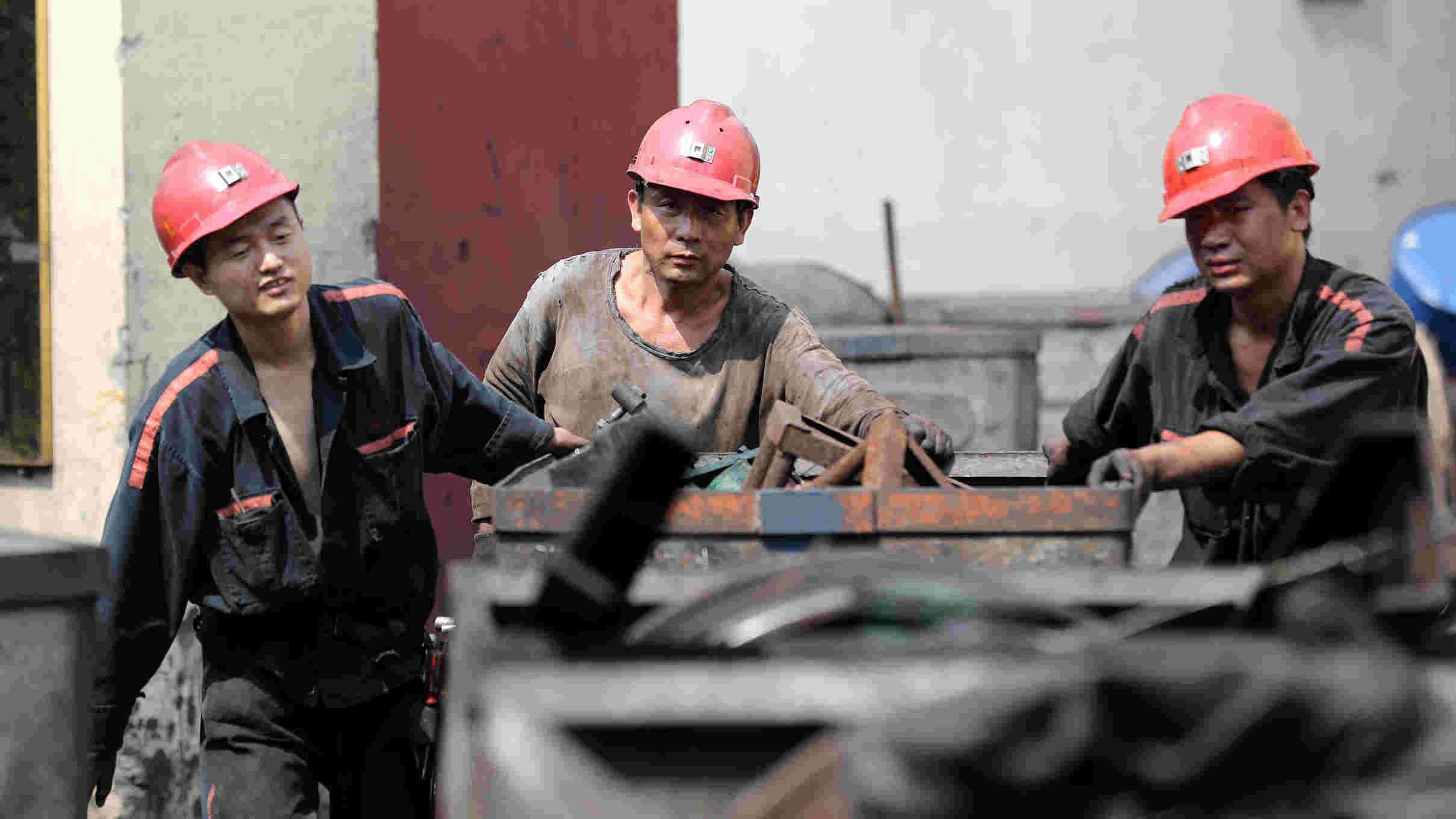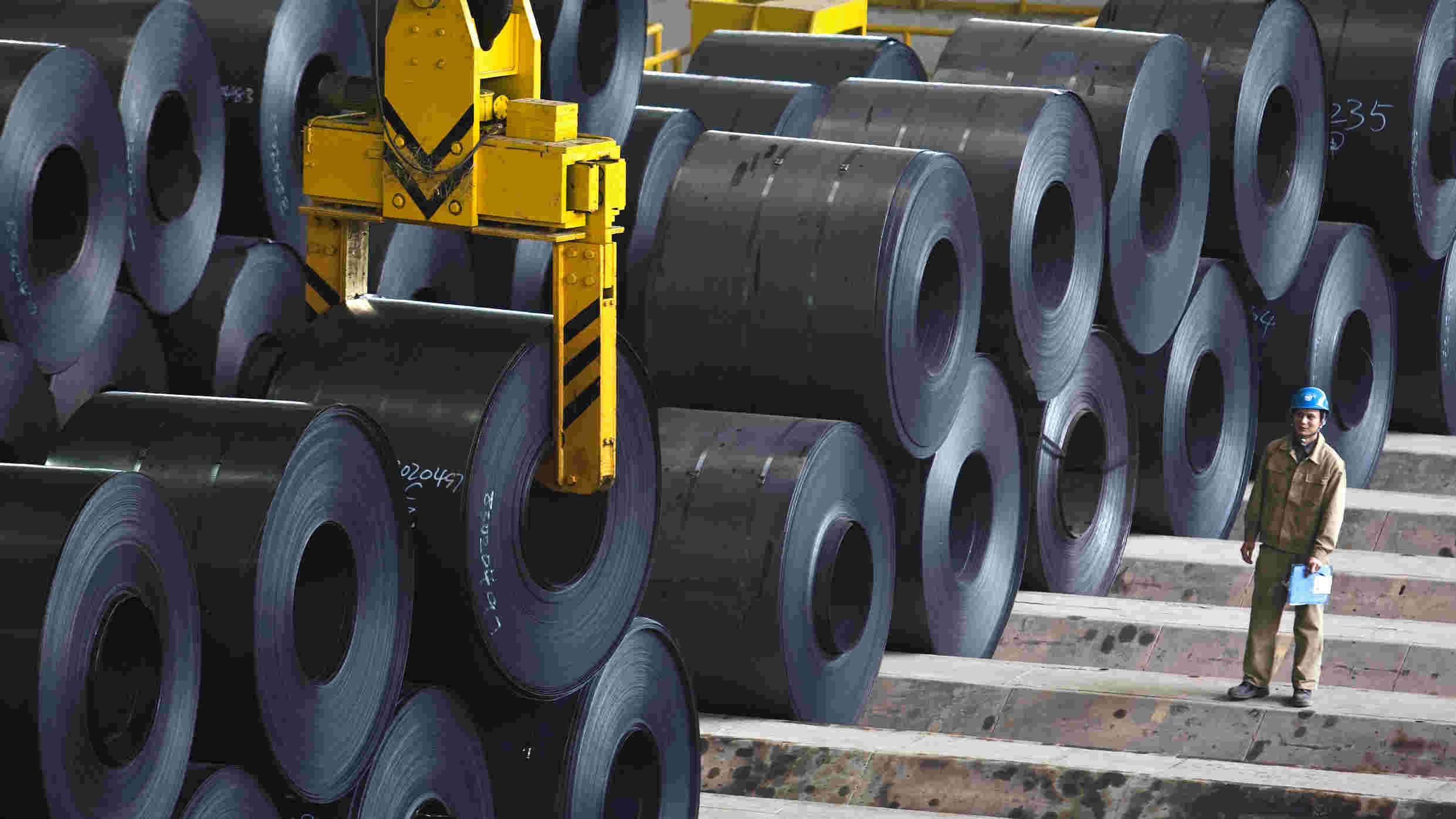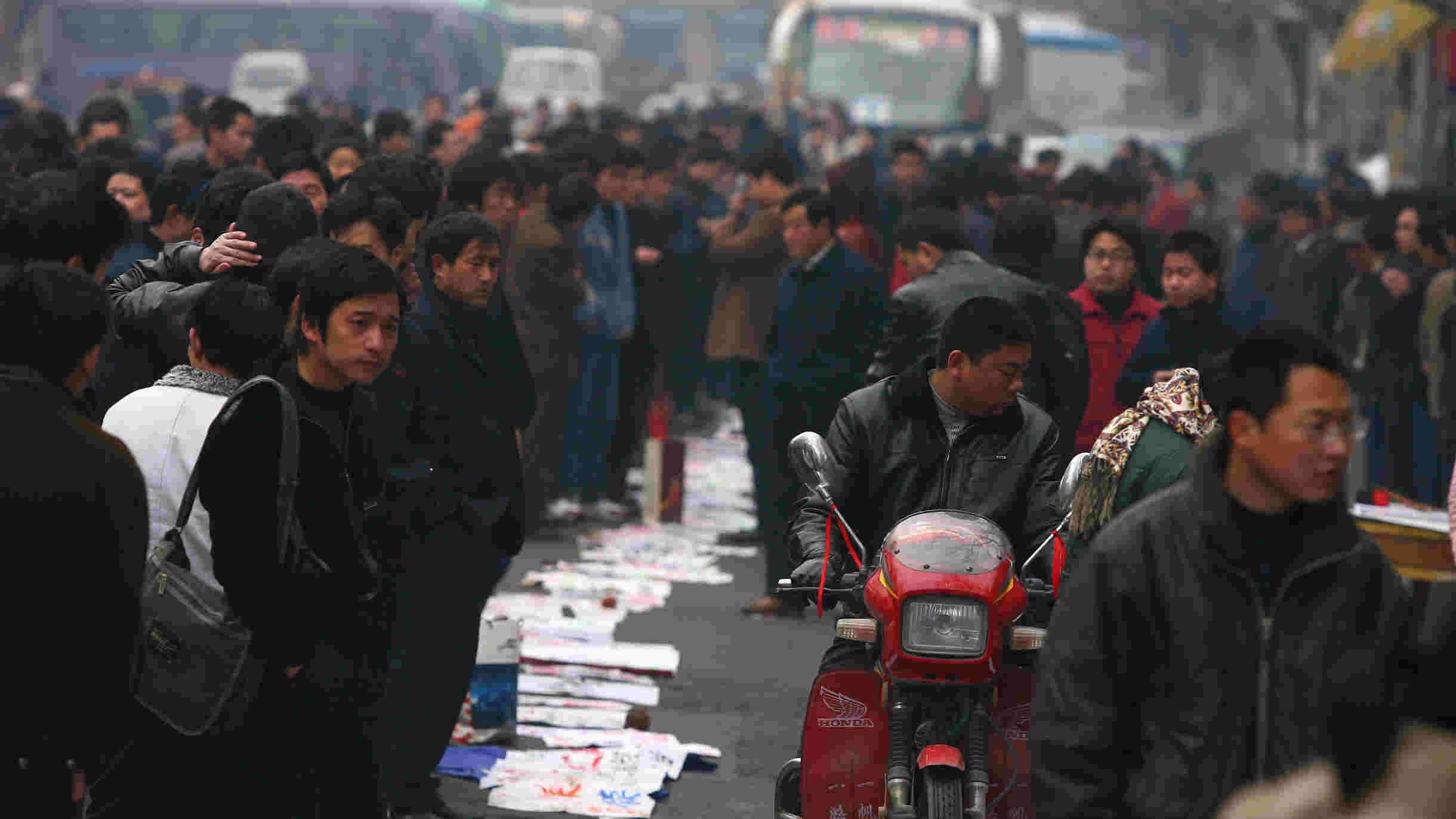
Business
22:27, 09-Oct-2017
Reform in Action: Local governments to deal with de-capacity side effects
By CGTN’s Xia Cheng

China in late September kicked off some of its harshest steel production cuts, to further implement the supply-side structural reform.
The first cut happens in Tangshan City, north China’s Hebei province. The city’s steel production will be halved, meaning 7.5 percent of China's annual production would be wiped off. After Hebei, three other steel-producing provinces will follow.
Such supply-side reform is transforming the nation's manufacturing sector from the unsustainable investment-driven pattern to one that draws strength from consumption, the service sector and innovation.

China's producer price index (PPI), which measures costs for goods at the factory gate, ended its more than 54-month negative growth streak last September as the manufacturers' profits increased and their cash flows stabilized.
The reform efforts also resulted in the rapid expansion of the service sector. The costs of garments, healthcare, housing, education, entertainment and transport rose remarkably.
It also brings more balanced regional development in China. The underdeveloped west region has seen rapid growth in science and technology. Analysts predict the west region, boosted by the Belt and Road Initiative, will become the new engine of China's economic growth in the next decade.
Yet, China has to face the collateral damage – the massive layoff of employees from the factories shutting down.
Baowu Group has become China's prominent state-owned steel company after the merger of Baosteel and Wuhan Steel. The restructure sent home 26,000 workers. Many local governments now are burdened with the mission to transfer or retrain those who can’t find new jobs on their own.

Such pressures are lighter for some of the private steel companies, as they have more flexible operations and finances.
“They can merge easily and provide training for workers after the merge so that they don’t have to let people go,” said Zhou Jun, secretary of CPC Huangshi District Committee, Wuhan City, central China's Hubei Province, where some of the country's steel giants are located.
That’s why the local governments have been motivating private manufacturers, including steelmakers, to climb up the value chain so that they can create more jobs in the industrial sector.
Meanwhile, local governments now tend to guide companies to grow in market competition, instead of direct intervention. Besides support for loans and land, local governments are also helping businesses to find the right partners, especially in those cutting edge industries.
(Cui Hui’ao in Shenyang also contributed to the story.)
154km

SITEMAP
Copyright © 2018 CGTN. Beijing ICP prepared NO.16065310-3
Copyright © 2018 CGTN. Beijing ICP prepared NO.16065310-3